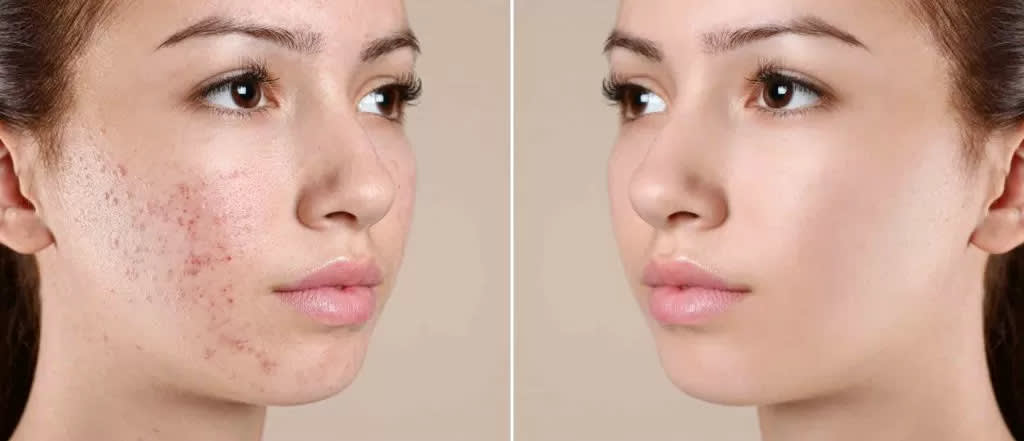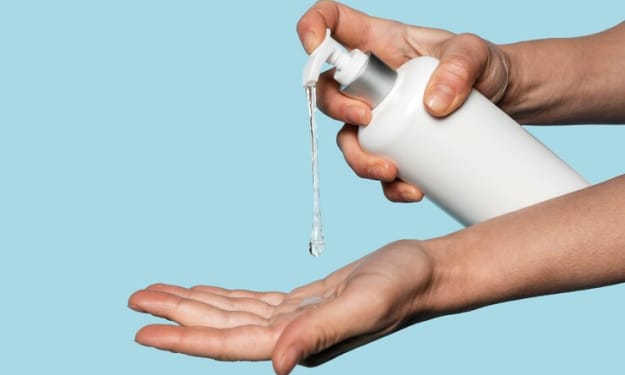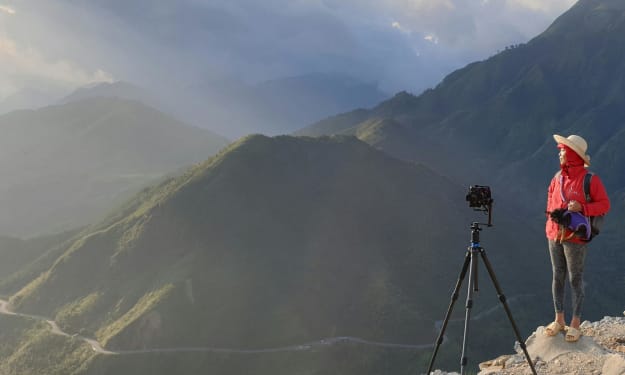Acne and Pimples: What’s the difference?
Learn more about pimples, acne and their differences.

We’ve all suffered from acne and pimples at one time or another, haven’t we? And many of us are still suffering from it.
Worried about your skin condition? Get in touch with best of our skin specialists in Pune. For a skin treatment, book an appointment with our dermatologists near you +912071177333
It’s worse when they choose to make an appearance just before a big day, but stubborn repeated breakouts are equally bad. They are unappealing, affect your self-esteem and confidence, and it is high time we got the better of them.
Yet many people aren’t aware that there’s a difference between acne and pimples, and use the two terms interchangeably.
Let’s understand the difference between acne and pimples:
Acne
Acne is a disease of the skin occurring due to excessive oil clogging in the pores of the skin.
Types of Acne
Whiteheads, blackheads, cysts, and nodules are the most common types of acne. Cysts and nodules are the most painful type of acne, in which deeper layers of the skin also get affected.
Whiteheads and blackheads are less severe forms of acne. Whiteheads, also known as closed comedones, appear as small, round and white bumps. On the other hand, blackheads get their color when the plugs clogging the pores are oxidized by air.
Acne can be of two kinds: Acne Vulgaris, seen in puberty, and Acne Rosacea, observed in adulthood. Both kinds can occur not only on the face, but also on the neck, chest, back, shoulders, and arms. The presentation may differ depending on severity.
Causes of Acne
Increased oils (sebum) produced by the sebaceous glands, skin cells (keratin), and hair follicles together form a plug. This leads to clogging of the skin pores, resulting in acne. These clogged pores provide favorable conditions for the growth of the bacteria, Propionibacterium acnes. When this happens, the skin’s outermost layer which usually sheds off gets trapped underneath the skin, infecting the plug.
The increase in sebum secretion may also occur due to a boost in the production of androgen hormone. Some of the prominent factors that may drive the increase in acne breakouts are:
Genetic causes
Hormonal imbalance like pregnancy, puberty, and menstrual cycle
Bacterial infections
Activation of inflammation through scratching
Intake of anabolic steroids
Exposure to harmful chemicals
Stress
Medications like corticosteroids
High humidity
Oil based cosmetics like makeup, hair oil, moisturiser, shampoo, etc.
Unhealthy diet that include greasy food, diary products, carbohydrates, and sugars
Pimples
Acne has various stages. At different stages, different symptoms show up and intensify. Pimples are one of those acne symptoms, presenting as inflamed, pus-filled lesions, pink to slightly red in colour. They’re caused due to ruptures in clogged pores. This allows bacterial growth inside them, causing inflammation and resulting in the white fluid (oils) reaching the surface.
Types of pimples
Pimples can further be classified as papules and pustules. Papules are regular sized pimples and, hence, easier to treat. In contrast, pustules are pimples that have become swollen and engorged, and require prescription products for treatment.
Now that we’ve discussed the acne vs pimple difference, let’s move on to discussing their treatments.
Treatments for Pimples and Acne:
Pimples and acne treatment
Since the main culprit is an excess of oils, the main preventive measure is aimed at keeping our faces oil-free, and devoid of dirt and impurities. Other measures to prevent, reduce and treat acne and pimples are:
Clean your face regularly: Whether you are prone to acne or not, keeping your face clean is the first step to maintaining healthy, glowing skin. It removes the excess oil, dead skin cells, and dirt, decreasing the possibility of acne. Wash your face twice a day, using warm water and a mild facial cleanser. Avoid scrubbing harshly, rinse well and gently, and pat your face dry with a clean, dry washcloth.
About the Creator
Enjoyed the story? Support the Creator.
Subscribe for free to receive all their stories in your feed. You could also pledge your support or give them a one-off tip, letting them know you appreciate their work.





Comments
There are no comments for this story
Be the first to respond and start the conversation.